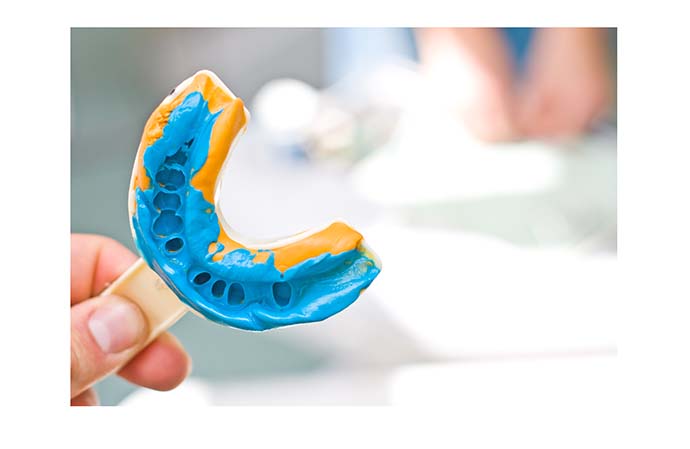
Mail-Order Braces May Not Leave You Smiling
Braces can be pricey, so in an effort to avoid the high costs, people are turning to the internet for dental support. Instructional videos for do-it-yourself braces as well as websites claiming to correct gaps in your teeth have become very popular specifically on you-tube and other social media outlets.
Some such sites allow you to order kits to take your own dental impressions at home. You simply mix putty and place it on a mouth-guard type tray. When you bite down on the tray, it takes an impression of your teeth. These impressions are then mailed back and a representative suggests a series of clear aligners to correct your teeth.
Entrepreneurs who are marketing the do-it-yourself braces are excited to offer adults and older teenagers an alternative to straighter teeth and claim they are guided along the way by customer service representatives.
Critics of the fledgling phenomenon argue that prescribing aligners to patients sight unseen risks overlooking oral health issues that can compromise orthodontic treatments. Experts also say aligners are not appropriate for everyone, even if companies suggest they can correct advanced crowding.
Braces and invisible aligners are usually prescribed by an orthodontist or dentist after an in-person examination and discussion of treatment options.
Recently, the American Association of Orthodontists warned consumers against moving teeth without an initial exam and continuing supervision by an orthodontist.
“Attempts to move teeth without the regular supervision of an orthodontist can result in permanent damage to teeth such as tooth loss, root resorption, tooth decay or other serious and costly problems,” said Robert Varner, President of the American Association of Orthodontists.
Another hazard of do-it-yourself orthodontics is people using elastic hair bands to close gaps between their front teeth. Websites claim that gaps can be closed in three easy steps and in as little as 30 days.
Orthodontists warn that D.I.Y. teeth straightening or gap closing is not only foolish; it can lead to permanent loss of teeth. Because teeth are not exactly square, rubber bands can work their way under gum tissue and loosen a tooth at the root.
The American Association of Orthodontists cautioned consumers to “please be wary of any suggestions to move teeth with rubber bands, dental floss or other objects ordered on the Internet.”
